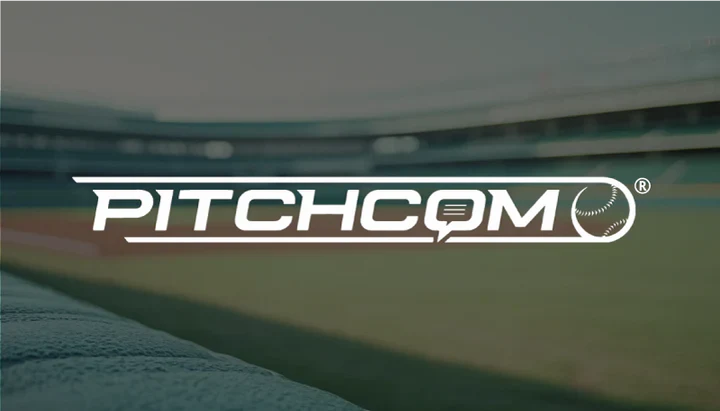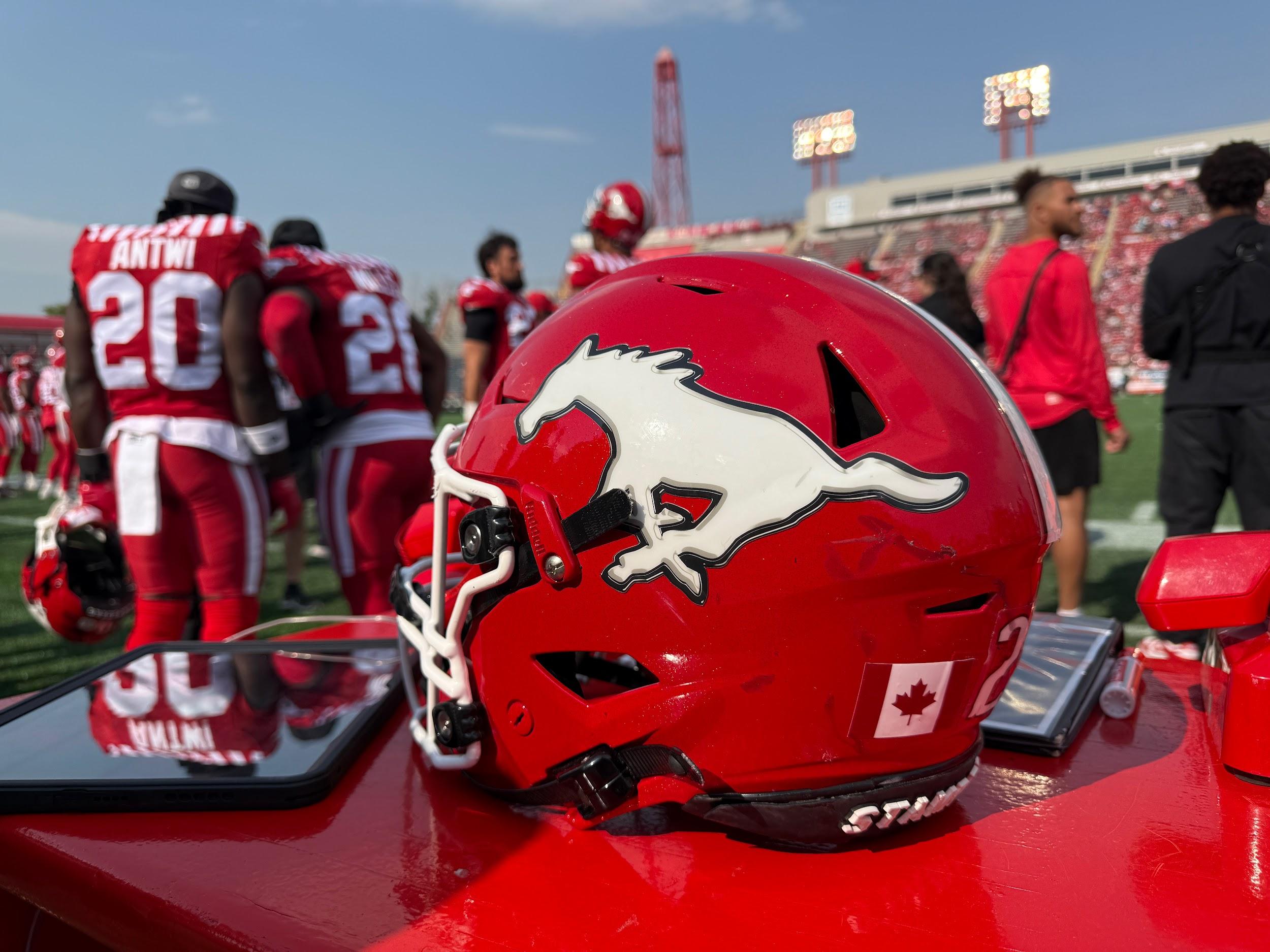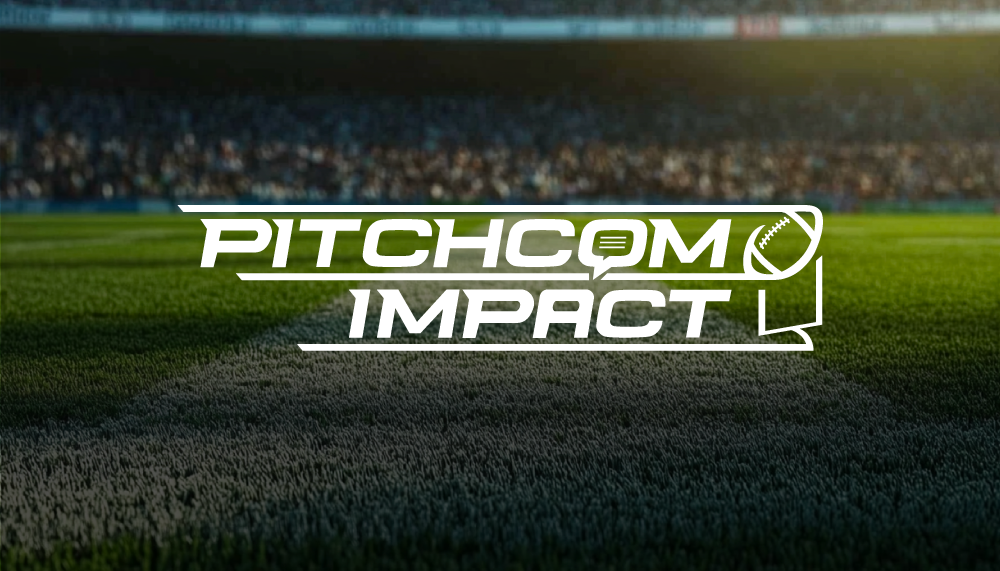Pitch calling has always been a game within the game - equal parts instinct, preparation, and trust. For decades, the method was simple: a combination of signals from the catcher, a subtle nod from the pitcher, and the game moved forward.
But as the sport has evolved - faster, more strategic, more complex - so too has the way we communicate between pitches. We’ve entered a new era, where communication, technology, and intelligence converge behind the plate - and where reliability is everything.
Where We Began
Before scouting platforms, pitch-tracking software, or wearable tech, catchers relied on intuition, experience, and chemistry. A well-timed drop ball inside wasn’t just a pitch - it was a message of confidence between catcher and pitcher.
Signs were taught in backyards and refined on practice fields. Reading hitters meant interpreting body language, box positioning, and knowing your pitcher's strengths. Adjustments were made inning to inning - often without a word spoken.
And it worked - until it didn’t. As the game advanced, so did the need for precision, speed, and smarter preparation.
Technology Enters the Chat
The arrival of advanced scouting reports, video breakdowns, and in-game analytics revolutionized how teams prepared. But in-game communication remained a step behind.
Signs could be stolen. Mound visits slowed the pace. Non-digital wristbands broke athlete focus and delayed execution. Miscommunication led to missed opportunities.
That’s where pitch-calling technology came in - not just as a tool, but to unlock opportunities.
Today, PitchCom® delivers pitch calls instantly, clearly, and securely - whether from the catcher on the field or a coach in the dugout. It’s not just about speed - it’s about empowering real-time decisions with greater confidence.
Pace Meets Precision
With the college game faster than ever - more offensive firepower, tighter windows for adjustments, and higher stakes - pitch calling can’t afford to be slow or unclear.
PitchCom® eliminates delays, misreads, and sign-stealing, all while enabling flexibility: catchers can lead on the field, or coaches can call from the dugout.
It’s not just about moving faster - it’s about playing cleaner. No second-guessing. No shaking off signs. Just seamless rhythm between catcher, pitcher, and coach - and sharper execution from the whole team.
Where Do We Go Next?
If the past five years marked the digital transformation of pitch calling, the next five could bring even more radical shifts.
One thing’s for certain: communication technology isn’t standing still - and neither is the game.
The evolution continues. And the smartest teams will be the ones who embrace both human instinct and the tools that enhance it.
Stay tuned - the future of on-field communication isn’t just coming. It’s already here.






Share:
Why College Baseball Teams Are Choosing PitchCom® Over Wi-Fi and Cellular Systems for Coach to Player Communication
PitchCom Impact Achieves Breakthrough Success in the Canadian Football League